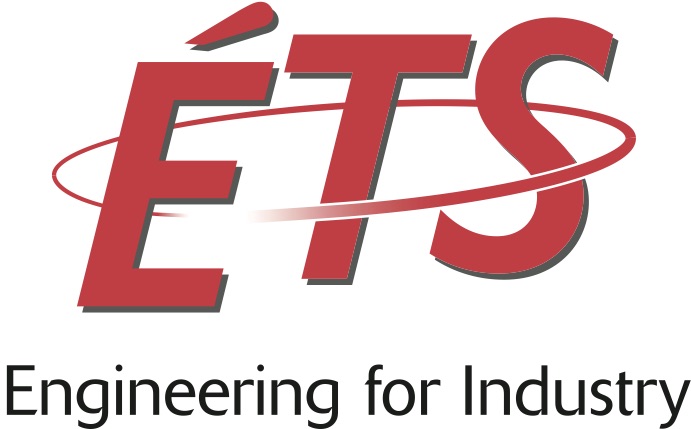Multiscale Computational Homogenization for Bridging Scales in the Mechanics and Physics of Complex Materials
Julien Yvonnet, Université Paris-Est
Karel Matous, Notre-Dame University
Varvara Kouznetsova, Eindhoven University of Technology
Peter Wriggers, Leibniz Universität Hannover
Kenjiro Terada, Tohoku University
Multiscale computational homogenization methods refer to a class of numerical techniques for determining the effective behavior of complex and highly heterogeneous materials, and for computing the response of structures composed of these materials. The main added value of computational homogenization consists in surpassing limitations of analytical approaches, e.g. incorporating realistic multi-phase morphologies and complex nonlinear material behavior.
This minisymposium focuses on the developments and applications of either multiscale computational homogenization methods, including all pending challenges in this area, or on modeling and simulation methods at the scale of heterogeneous microstructures with an implicit or explicit connection to another scale. Particular emphasis is given on complex models to incorporate particular phenomena at a given scale and related simulation challenges (complex morphologies, large models, lack of deterministic description of constituents, presence of interfaces…)
The topics covered include (but not limited to):
• FE2 methods and alternatives (e.g. FE-FFT);
• Advanced algorithms for reduction of computational costs associated with multiscale algorithms (model reduction, parallel computing…)
• Numerical or virtual material testing;
• Numerical modeling of materials based on realistic microstructures, e.g. provided by high resolution 3D imaging techniques;
• Computational homogenization of heterogeneous, linear, time-dependent and nonlinear heterogeneous materials, including material dynamics and metamaterials;
• Heterogeneous materials with coupled multi-physics behavior (phase change, chemo-mechanics, nonlinear thermo-mechanics...), including extended homogenization schemes;
• Multiscale damage modeling, capturing the transition from homogenization to localization;
• Computational homogenization including size effects, higher-order gradients or lack of scale separation;
• Numerical modelling of the macroscopic behaviour of microstructures with complex interfaces, microcracking, instabilities or shear bands;
• Integration of phenomena occurring at the nanoscale;
• Integration of stochastic microscopic models.







